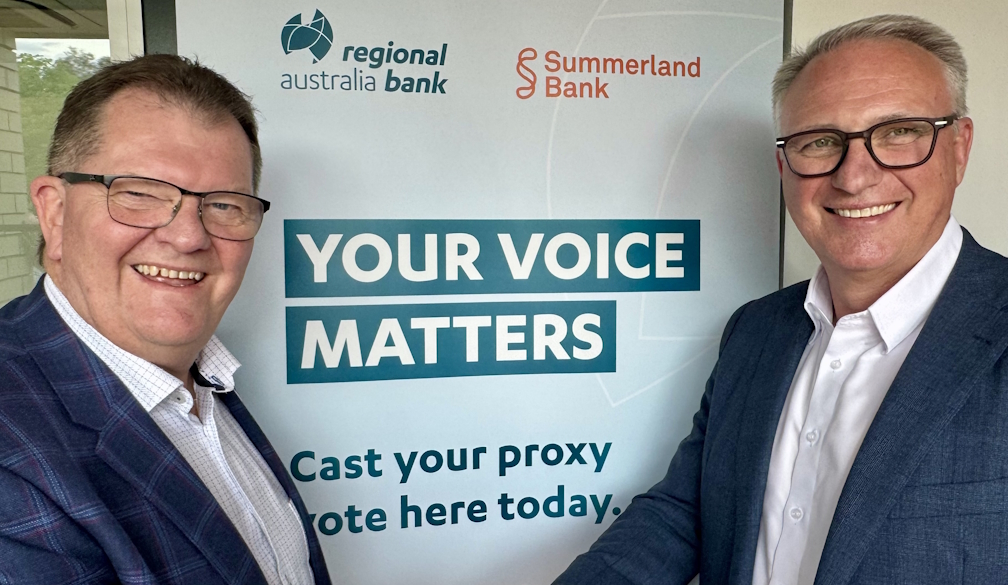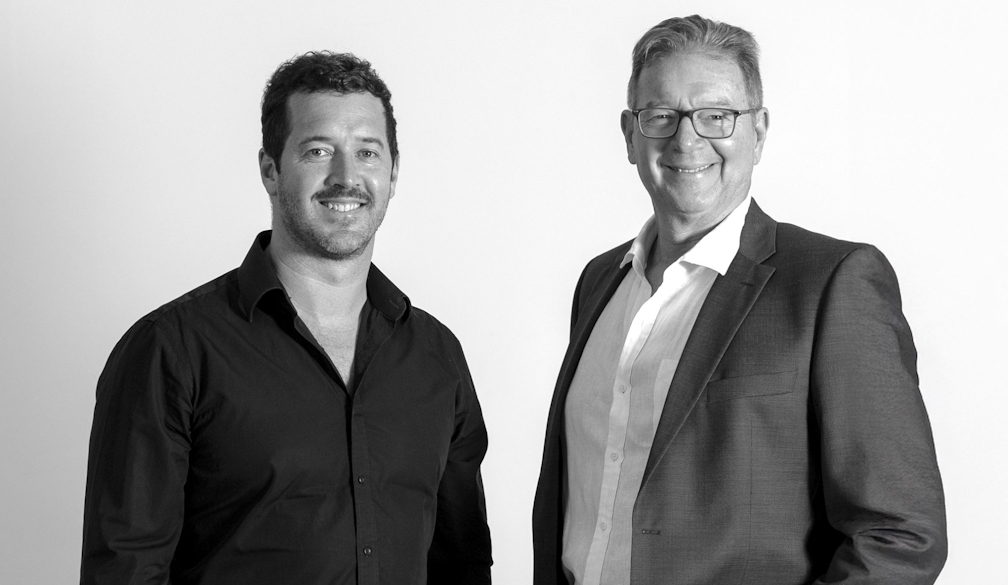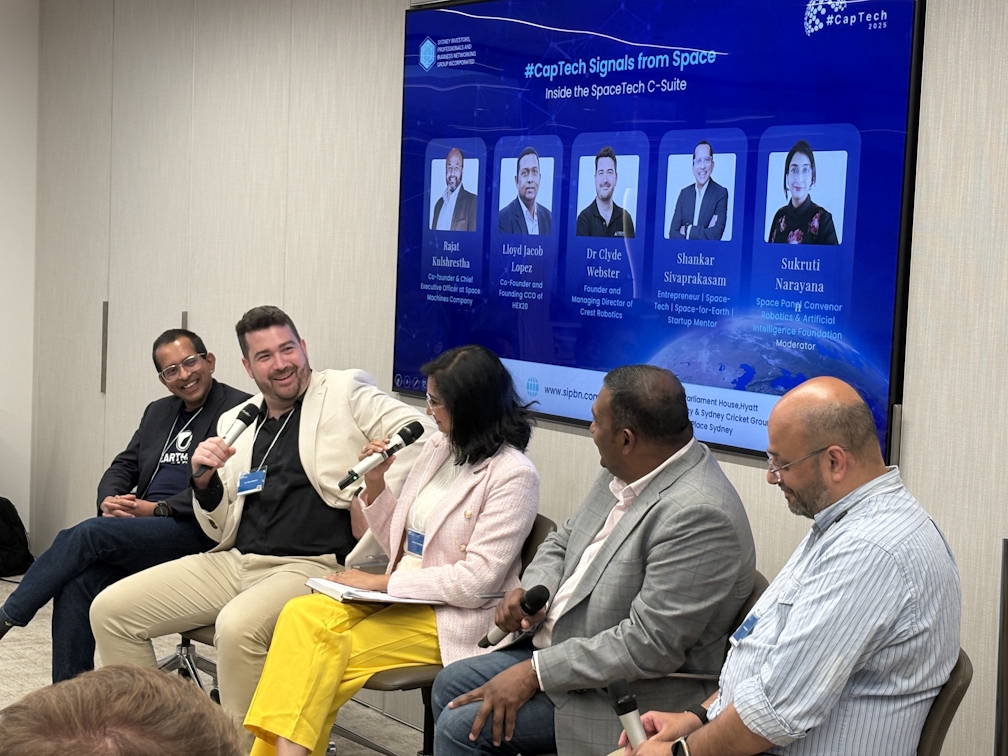Productivity is the buzzword of the week, but we’re not making the most of half the workforce
- Written by Duygu Yengin, Associate Professor of Economics; President, Economic Society of Australia (SA); Deputy Chair, Women in Economics Network, University of Adelaide
Productivity[1] is the buzzword at this week’s economic reform roundtable in Canberra. It’s about how effectively we turn our time, skills and resources into goods and services. Who wouldn’t want to get more done with less?
As Productivity Commission chair Danielle Wood said[2],
Productivity growth is the only way to sustainably lift wages and opportunities over time — important for all of us but especially for young people with their working life ahead of them.
The problem is Australia is falling behind. The Reserve Bank now expects productivity to grow by just 0.7%[3] a year, which in turn will drag down[4] wage growth.
Yet even now, with just one day left of the summit, we’re yet to hear much about a multi-billion-dollar opportunity: boosting women’s workforce participation.
What have you done for growth today?
Day two of the three-day roundtable focused on cutting red tape, boosting innovation with AI, and keeping markets competitive. Tackling these issues means asking hard questions and finding real answers. In Wood’s words,
No one wants to be the ‘big meanie’, but not delivering enough housing, infrastructure or innovation comes with a cost.
Wood has explained[5] boosting productivity requires a “growth mindset” and steady, incremental reforms. Every policy — from housing and infrastructure to innovation and care — should consider its impact on long-term growth.
She reportedly told Tuesday’s session the government should review sectors where growing regulatory burdens are a concern, especially construction and finance.
Some of the attendees on Tuesday discussed a pause on changes[6] to the National Construction Code, which governs building standards but has blown out to 2,000 pages.
Similarly, former Treasury Secretary Ken Henry, who is attending the roundtable, has called out[7] Australia’s system of environmental impact assessments as “slow, opaque, duplicative, and contested”.
Regulation was a consistent theme of the day. Australia ranks 14th[8] in a World Bank study for ease of doing business.
Red tape delays housing[9] and climate projects and burdens care providers[10] with overlapping accreditation rules. Half of small businesses said they spent more time on regulatory compliance[11] than the year before. There is backlog[12] of 30,000 housing projects waiting for environmental approval. The average renewables project takes 500 days[13] for approval.
Streamlining these processes is central to lifting productivity. As Treasurer Jim Chalmers told[14] the participants:
Making sure approvals can be quicker, without ignoring our responsibility to our communities or to the environment.
Is AI coming to the rescue?
Next on the agenda was artificial intelligence (AI) and innovation. A recent report by the Productivity Commission estimates AI could add more than 4% to labour productivity and $116 billion[15] in economic activity, over the next decade.
In the public sector[16], AI can sift through huge amounts of data, spot problems, and support faster, smarter decision-making. If used carefully, it could cut costs, improve efficiency[17], and make public services more transparent and accountable.
OECD data[18] shows about 70% of countries use AI to improve internal operations, and 67% apply it to public service design and delivery.
Competition matters too
Also on the agenda was “economic dynamism”. Dynamic markets encourage firms to try new ideas, adopt better technologies[19], and work more efficiently.
The stakes are high. In just a year, business efficiency, covering productivity, management practices, and the labour market, dropped from 22nd to 37th in Institute for Management Development’s World Competitiveness Ranking[20].
Wood flagged that inconsistent state regulations hold businesses back. A national approach, guided by the National Competition Policy[21], could make it easier to start and grow businesses across borders.
We talk about productivity, but overlook half the workforce
Productivity is about removing barriers so innovation and growth can happen. Day two made it clear: cut red tape, embrace AI, keep markets dynamic.
Yet one major driver is being overlooked, including so far at this summit: women’s productivity.
Australian women make up just 39.6%[22] of full-time workers. Almost half[23] are in part-time roles, well above the rich country average of 28%[24].
With 80%[25] of Australians in gender-segregated jobs, many women’s skills sit idle, contributing to skill shortages and slowing productivity.
Life still built for a 1950s family
The biggest barrier is care. Nearly six in ten women[26] who want to work but aren’t available say caring for children or family is the reason, compared to just 7% of men.
School finishes well before the workday ends, and after-school care is scarce. Everyday systems – from sports to medical appointments and therapy – still assume a parent, usually the mother, is free in the middle of the day.
Mental load translates into stress, burnout, and lower productivity. About 61%[28] of women report experiencing burnout in the past year due to balancing home and work.
The economic cost
The cost is huge. If women’s workforce participation matched men’s, there would be an additional one million workers with post-school qualifications, boosting economic growth by 8.7% or $31 billion by 2050[29].
Matching the participation rate of Nordic countries could lift Australia’s gross domestic product by $132 billion and tax revenue by $38 billion each year[30].
This would be enough to fund universal after-school and early childhood care many times over. Publicly provided care also improves children’s long-term labour outcomes[31] and future productivity.
The gains wouldn’t just come from more hours worked. They would come from better use of skills, more women in higher-paying and higher-skilled jobs, and reduced career interruptions.
Despite record female workforce participation, men still out-earn women in 98%[32] of occupations. A 25-year-old mother is on track to earn $2 million less[33] over her lifetime than a father, costing the economy an estimated $93 billion[34] a year.
Equal Pay Day on August 19[35] was a reminder that women must work 50 extra days a year just to catch up. Closing the gap could lift long-term productivity growth by 5.7%[36]. It’s a reform too big to ignore.
References
- ^ Productivity (www.rba.gov.au)
- ^ Danielle Wood said (www.pc.gov.au)
- ^ 0.7% (www.rba.gov.au)
- ^ drag down (www.rba.gov.au)
- ^ explained (www.pc.gov.au)
- ^ pause on changes (www.abc.net.au)
- ^ called out (www.youtube.com)
- ^ 14th (archive.doingbusiness.org)
- ^ housing (www.pc.gov.au)
- ^ burdens care providers (www.pc.gov.au)
- ^ more time on regulatory compliance (acci.com.au)
- ^ backlog (udia.com.au)
- ^ 500 days (www.hsfkramer.com)
- ^ told (www.afr.com)
- ^ 4% to labour productivity and $116 billion (www.pc.gov.au)
- ^ In the public sector (sevenpublicacoes.com.br)
- ^ cut costs, improve efficiency (journalwjarr.com)
- ^ OECD data (www.oecd.org)
- ^ new ideas, adopt better technologies (www.semanticscholar.org)
- ^ World Competitiveness Ranking (www.ceda.com.au)
- ^ National Competition Policy (federalfinancialrelations.gov.au)
- ^ 39.6% (genderequality.gov.au)
- ^ half (www.aigroup.com.au)
- ^ 28% (www.oecd.org)
- ^ 80% (www.jobsandskills.gov.au)
- ^ six in ten women (www.abs.gov.au)
- ^ Getty Images (www.gettyimages.com.au)
- ^ 61% (womensagenda.com.au)
- ^ 8.7% or $31 billion by 2050 (www.pmc.gov.au)
- ^ lift Australia’s gross domestic product by $132 billion and tax revenue by $38 billion each year (australiainstitute.org.au)
- ^ long-term labour outcomes (www.aeaweb.org)
- ^ 98% (www.jobsandskills.gov.au)
- ^ $2 million less (www.pmc.gov.au)
- ^ $93 billion (researchprofiles.canberra.edu.au)
- ^ Equal Pay Day on August 19 (www.wgea.gov.au)
- ^ 5.7% (www.sciencedirect.com)
Authors: Duygu Yengin, Associate Professor of Economics; President, Economic Society of Australia (SA); Deputy Chair, Women in Economics Network, University of Adelaide







